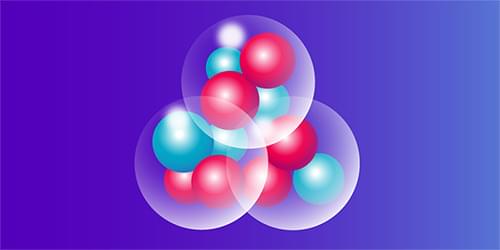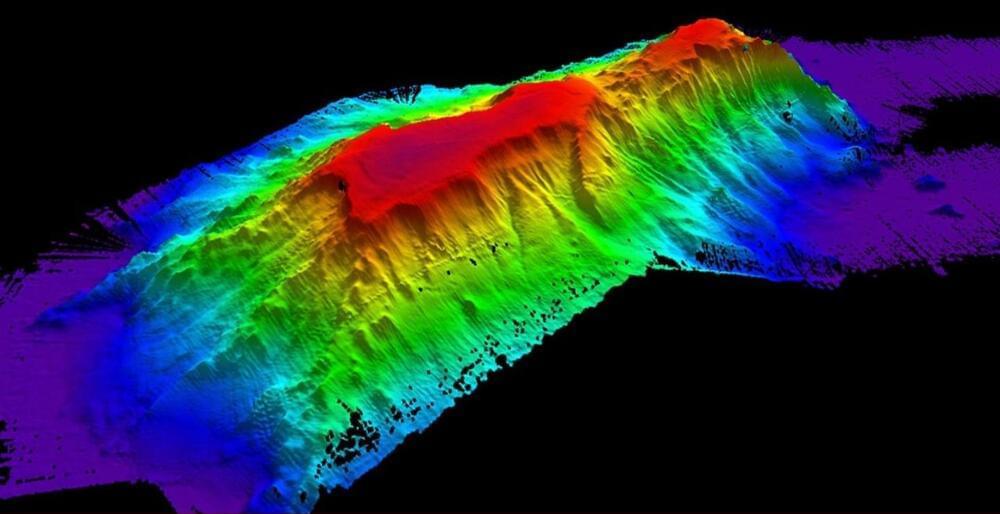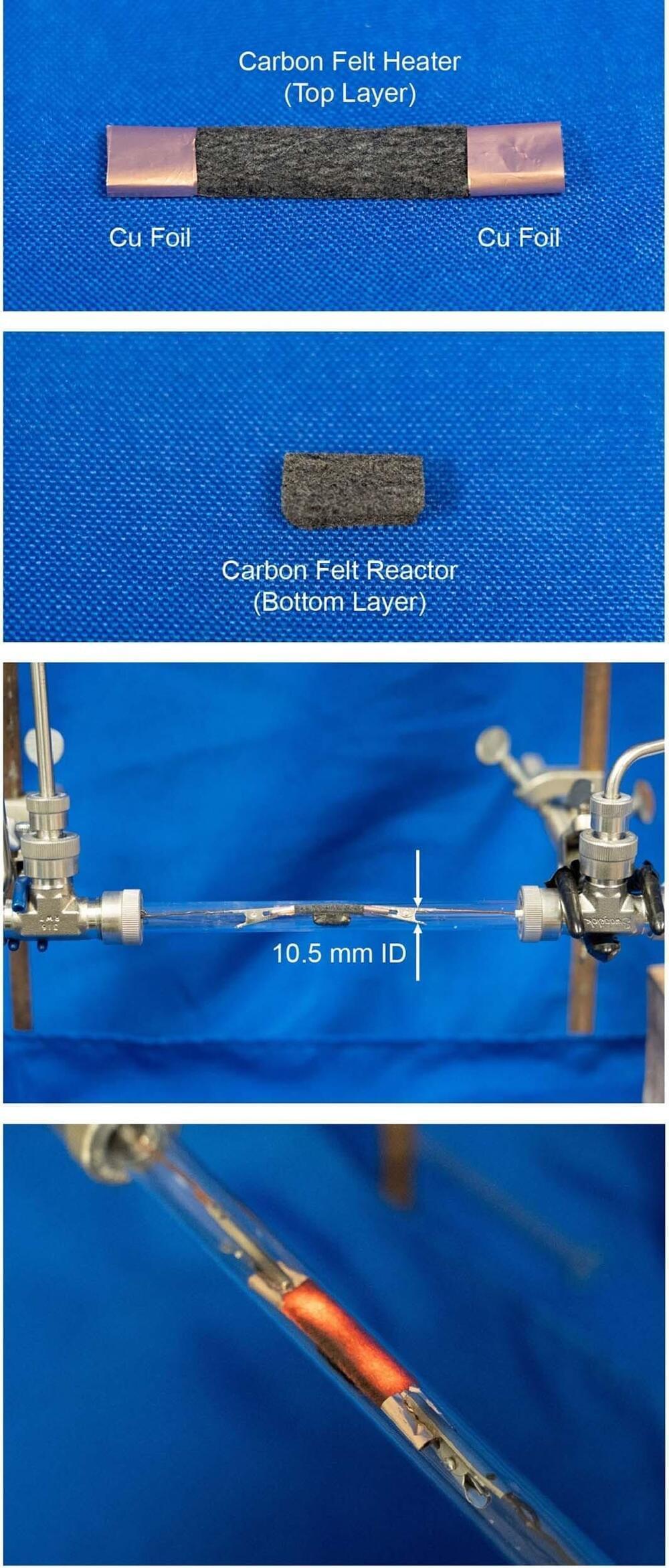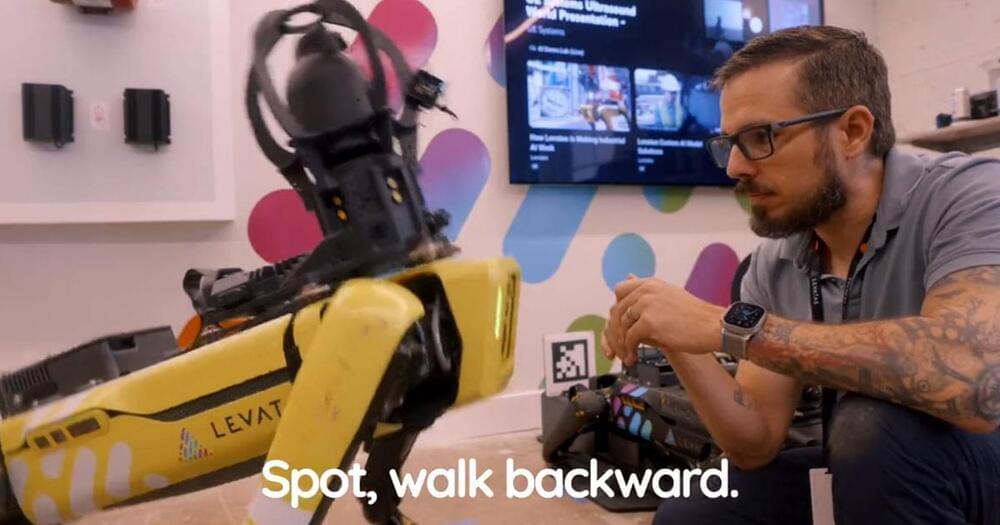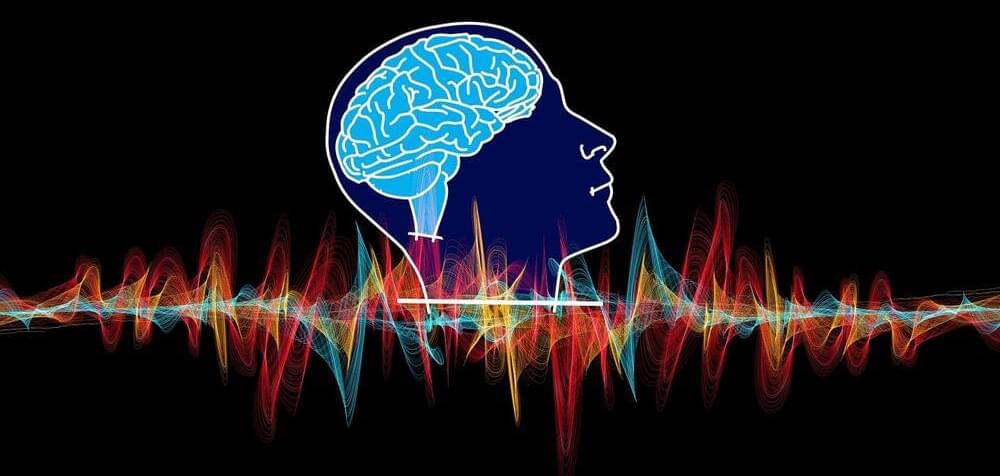May 14, 2023
Should We Stop Developing AI For The Good Of Humanity?
Posted by Gemechu Taye in categories: Elon Musk, robotics/AI
Almost 30,000 people have signed a petition calling for an “immediate pause” to the development of more powerful artificial intelligence (AI) systems. The interesting thing is that these aren’t Luddites with an inherent dislike of technology. Names on the petition include Apple co-founder Steve Wozniak, Tesla, Twitter, and SpaceX CEO Elon Musk, and Turing Prize winner Yoshua Bengio.
Others speaking out about the dangers include Geoffrey Hinton, widely credited as “the godfather of AI.” In a recent interview with the BBC to mark his retirement from Google at the age of 75, he warned that “we need to worry” about the speed at which AI is becoming smarter.
Continue reading “Should We Stop Developing AI For The Good Of Humanity?” »


